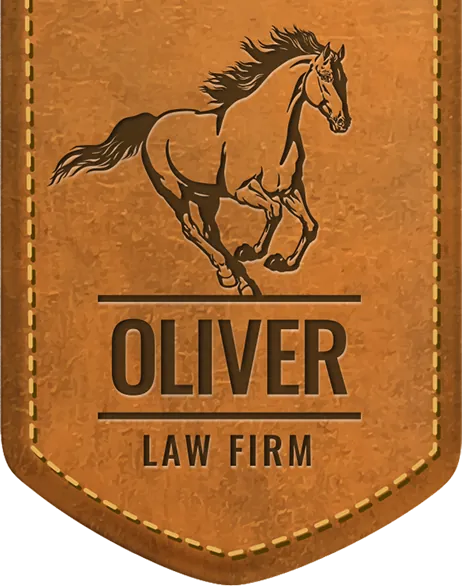
The book Preparing for Voir Dire by Lisa Blue and Robert Hirschhorn is one of the shorter books that I’ve read relating to lawyering skills, but it is jam-packed with great tips and knowledge about getting ready for, and performing, jury selection.
It starts with an explanation of how jury selection is an exercise in psychology. In order for us as lawyers to be able to pick a fair and impartial jury, we have to be able to see the case as a potential juror would see it. We have to try to look through the eyes of people with different life experiences, different backgrounds, and different biases to try and figure out how they would view our client and our case. This starts with the first time that we ever meet the client and hear about the case. From that moment, we need to make notes about what issues seem important, what facts stand out, and what questions we have. These initial topics that we come up with are probably close to the same topics that a jury member would have in their mind. Of course, we still view the case through the eyes of a lawyer, so it is important to have focus groups for each case and to talk about the cases with people who are not lawyers.
Preparing for Voir Dire also discusses jury questionnaires. I wish that questionnaires were allowed in more courts around our area. The examples of questions for questionnaires in the book were wonderful. Additionally, the book explained that beyond basic demographic information, the questions in a jury questionnaire must be tailored specifically to the case. Jury questionnaires can be used in any size of case as long as the judge permits them. A good way to get the judge to permit the jury questionnaire is to have the other side agree with you on one to submit. That means that the questions asked have to be fair and help both sides if there is any chance of the other side agreeing to them. If both sides present a jointly agreed upon jury questionnaire, then the judge is much more likely to allow it.
The final part of the book that I want to include in the report is on the actual presentation of jury selection. Preparing for Voir Dire suggests using visual aids to help with explaining the different case issues included in the jury selection questions. But you have to be careful. Jury selection is for us to make a good first impression of our case. In order to do that, we must have the jury focused on us and listening to what we say. Visual aids are a good way to supplement that but don’t need to distract the jurors from the presentation. The most memorable part of the book was a short chapter dedicated to Lisa Blue’s red dress she wears in every jury selection. She wears it because she’s comfortable in it and feels like it helps her gain respect with the jury. Robert doesn’t like wearing any sort of eye-catching clothes like a bright red dress, mostly because it runs the risk of coming across like flashy in the eyes of the jury. Two very successful trial lawyers, writing the same book, can’t even agree on all the details. They used this as a great example of individualism and how what’s right for one person may not be right for others.
Application:
There are several things that will stick with me out of this book. But, there are three key takeaways that I’m going to put into my practice immediately.
First, I’m going to begin taking notes on how a jury could view the case at the initial intake meeting. Since we already take so many notes in these meetings, it might be more of a “mindset change” than a real change in practice, but the analysis remains the same. Whatever my thoughts are on the case at the beginning, before the months and months of work, are the closest thoughts that I’ll ever have to what the jury is thinking. The initial impact that the case has on me is as important, or even more important, than the eventual theme at the time of trial.
Second, I’m going to start trying to make agreements with defense attorneys to submit a jury questionnaire early on in the process for every single case. Instead of only requesting questionnaires in “big” cases, I’m going to try to use them all the time. A simple, one-page, questionnaire can put us way ahead of the game when it comes to figuring out how the jury will think. Getting this agreement before the gear-up to trial will also likely be easier. As people, we’re more likely to commit to something that is months away than we are something that is next week. Then, the questionnaire can be submitted to the court prior to trial without having to argue about it with defense counsel.
Finally, I’m going to start using visual aids when I conduct jury selections. Having a visual aid to help explain the burden of proof, or to show the conditions the wreck happened in, or to simply start framing the case without having to actually argue, is a great idea. Anything that we say can always be better communicated with a picture. Honestly, I just assumed it was against the rules to use visual aids and PowerPoints during jury selection. Now that I know this is an option, I think it’s a great option.
Conclusion:
Preparing for Voir Dire is a great book that is an easy read. It is a wonderful example of communicating valuable and powerful information in an efficient manner. The tips that I take from this book will undoubtedly help our clients in the future.
“Voir dire is 7 parts psychology, 2 parts luck, and 1 part law.” – Opening line of the book.
NOTE: Oliver Law Firm has a reading program and an office library full of many great books. Our mission is to inspire, train, and mentor our work family to improve ourselves and client services.
Oliver Law Firm, 3606 W. Southern Hills Blvd., Rogers, AR 72758.
a Free Consultation



